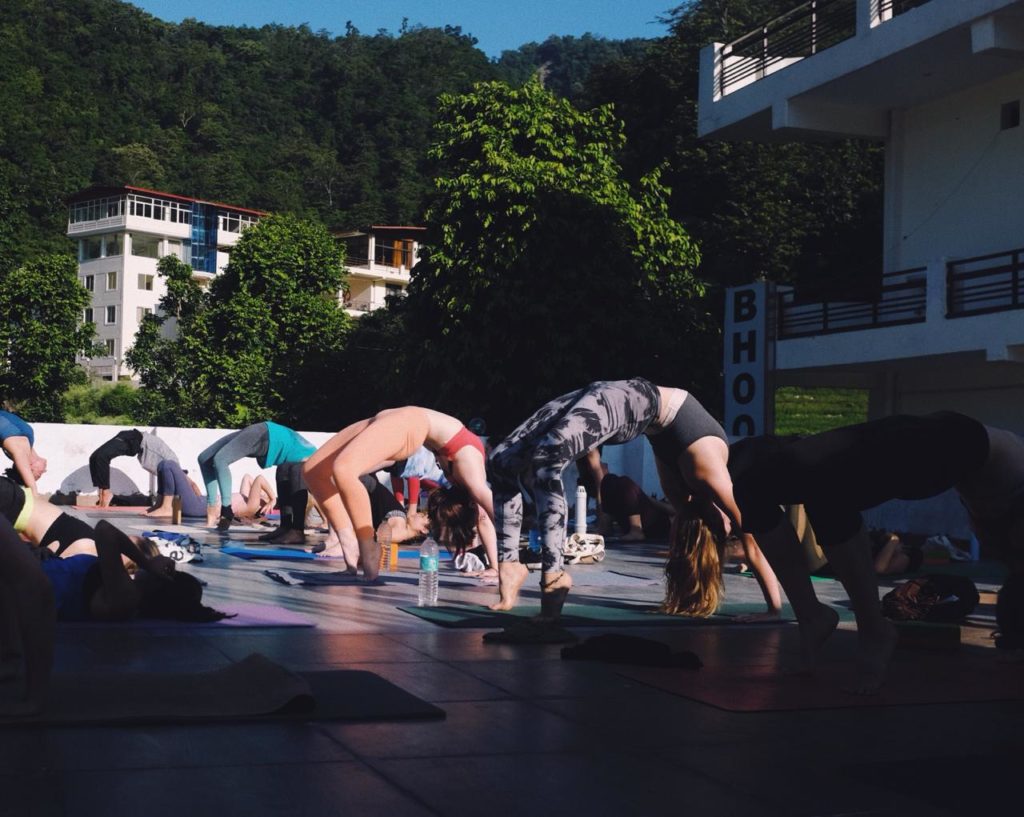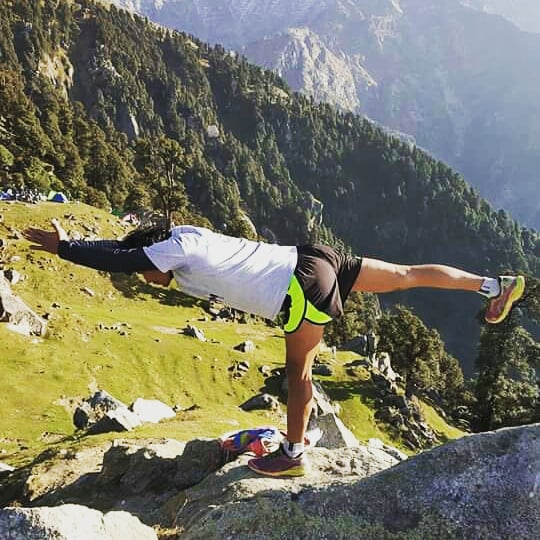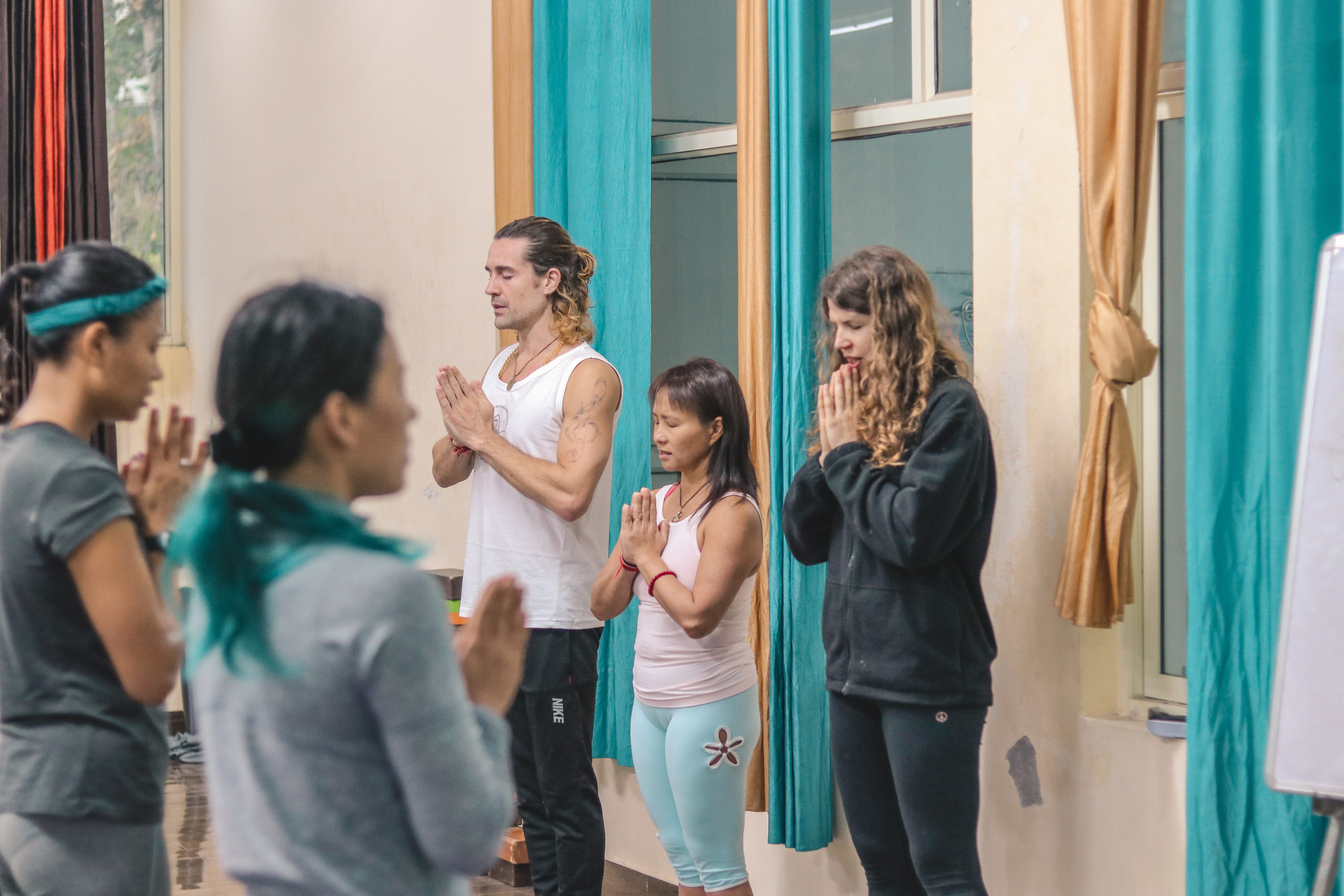Yoga creates harmony between body, mind, and spirit. It is an ancient practice that is synced with breathing. As yoga is a profound term, it is necessary to understand more about the anatomy of yoga. It is also essential to know how different asanas improve your body’s alignment connect with breath and mind.
In yoga teacher training, it is significant to understand yoga anatomy and deliver healthy practice to others. It also plays a vital role in performing hard poses in yoga. Anatomy education is an essential part of Hatha Yoga. It describes the placement of the body’s bones, and the specific systems within the body.
When discussing the anatomy of yoga, it is crucial to understand the basic terminology to clear about moves in a pose.
Anatomical Terminology

Our body defines specific terms and divided into universal position, which is known as the anatomical position. It describes the anatomy and concrete structures, direction, body movement, and planes.
Anatomical planes of the movement
Coronal Plane (Frontal Plane) – It is a vertical plane that running from side to side and divides the body into ventral ((back and front, or posterior and anterior)and dorsal portions. In the coronal plane, we have an abduction and adduction part. In yoga, UtthitaTrikonasana or Parighasana is a frontal plane.
Abduction: A movement of limbs away from the midline of the body and within the frontal plane.
Adduction: Opposite to abduction that brings the limb toward the body.
Sagittal Plane (Lateral Plane)- A vertical plane that runs from front to back and divides the body into right and left sides. Sun Salutations- you are moving to the Sagittal plane.
Flexion: When two bones move closer together in the sagittal plane, the joint between them is flexing or flexion.
Extension: when the dorsal (hard) surfaces of two bodies move farther apart, the join is extending or extension.
Transverse Plane (Axial Plane)- It is a horizontal plane that divides the body into upper and lower parts or superior or inferior sides. The transverse plane is perpendicular to the coronal plane and sagittal plane.
Horizontal Abduction: It is used to describe the movement of the arms from horizontally across the body. Where the body part is first moves towards flexed, then moves in a posterior direction.
Medial Rotation:

It is the opposite of later rotation anterior part of the body, which rotates toward the midline of the body.
Lateral Rotation: It is the movement of an appendicular body part. In which the movement of the body rotates far away from the midline of the body.
Directional terms
Anatomical position is simply a symmetrical position that describes the terms of location and direction. They are as follows:
Superior: The positional term superior is only used in a transverse plane. The head is superior to the pelvis.
Inferior: Away from the head, the pelvis is inferior to the head.
Distal: The positional terms distal are only used in the appendicular body and far away from the axial body than another point.
Proximal: Closer or toward the axial line, the nearer of two or more items. For example, the shoulder is closer to the elbow.
Anterior: It is toward the front side of the body. For instance, the kneecap is located on the anterior side of the leg.
Posterior: Toward the backside of the body. For example, the back muscles are the dorsal side of the chest.
Medial: Closer or toward the midline of the body. For example, the femur joins with the pelvic bone.
Lateral: Far away from the midline of the body. For example, the little toe is the lateral side to the foot.
In conclusion
It is vital to understand the yoga anatomy to know the essence of your asana practice taught during a yoga teacher training course.
At Mantra Yoga & Meditation School, we teach yoga anatomy along with practice different forms of yoga style.
For admission details, call us today at 91-9958672399.


